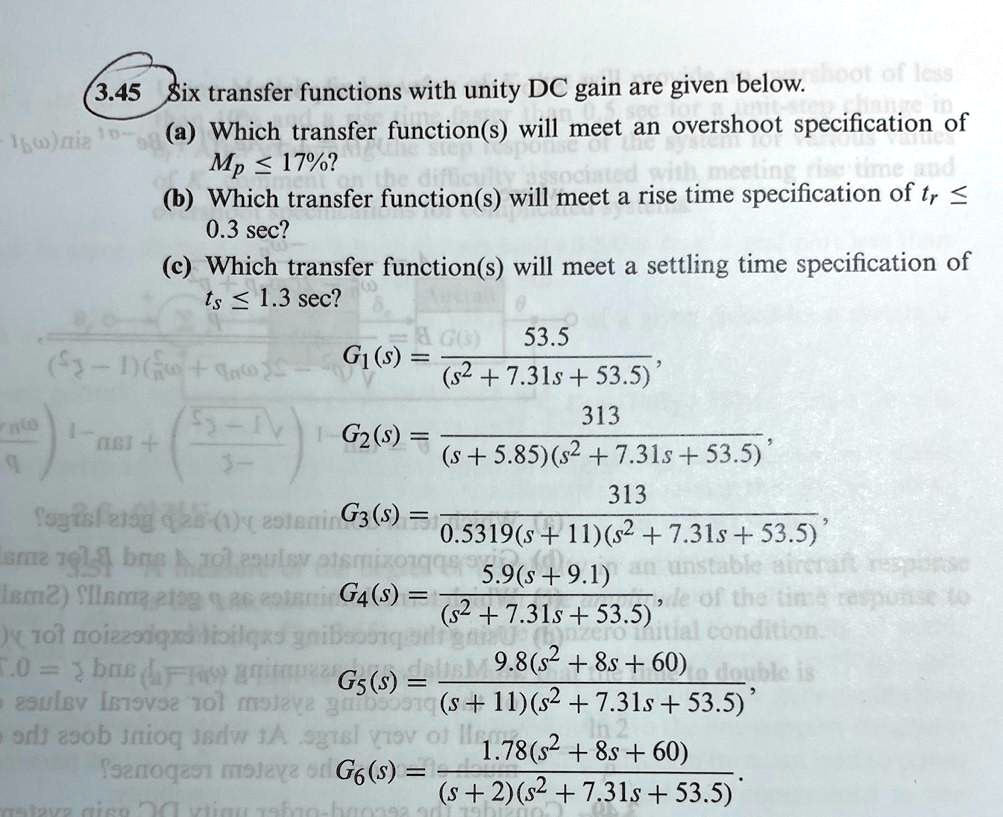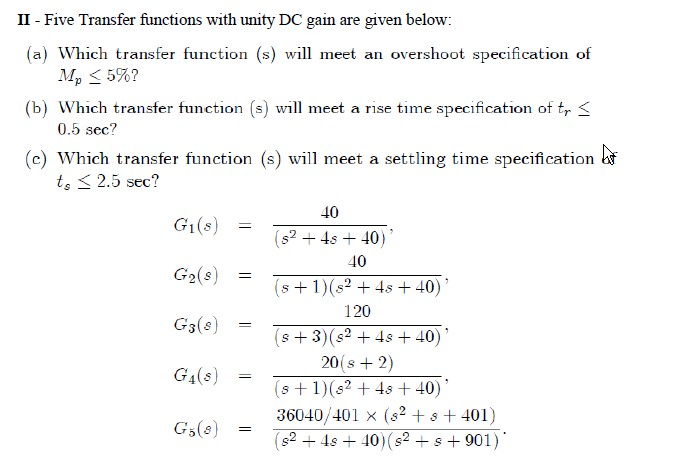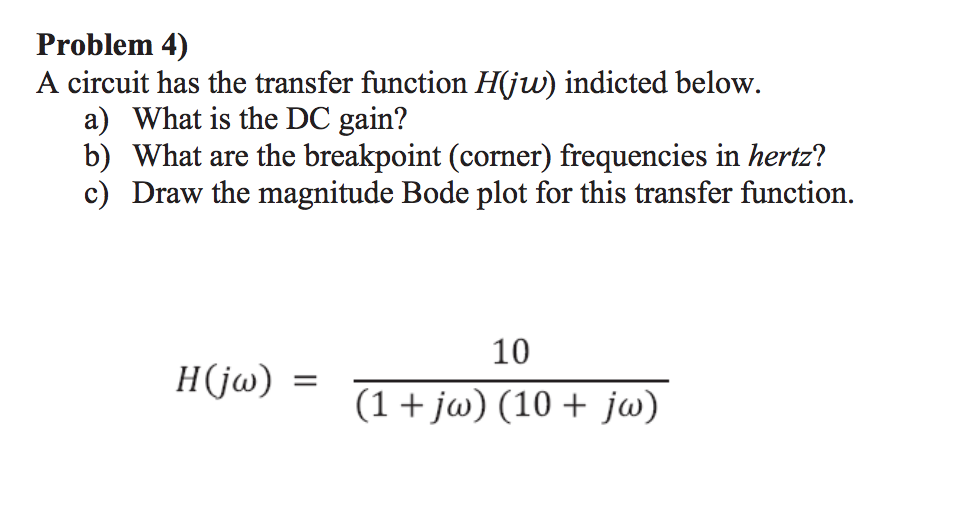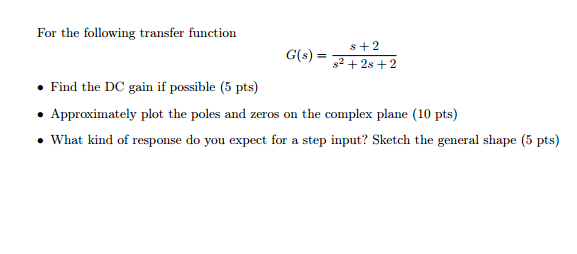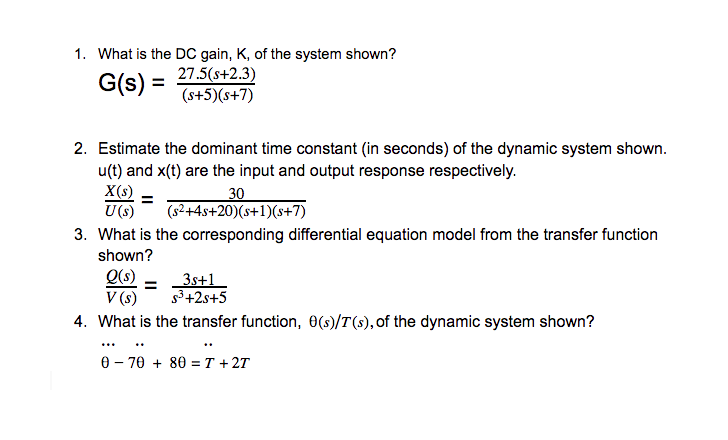
DC and high-frequency gain of fractional-order transfer function using... | Download Scientific Diagram
How to write the transfer functions and expressions for the systems which have the DC gains, the poles and zeros, DC gain = 4 ; Zero = None; Poles = 0, -5, -2 - Quora

Lecture 4: The z-Transform 1. The z-transform The z-transform is used in sampled data systems just as the Laplace transform is used in continuous-time. - ppt download

What are transfer functions? - Frequency Characteristics of Transfer Functions | What are transfer functions? | TechWeb
